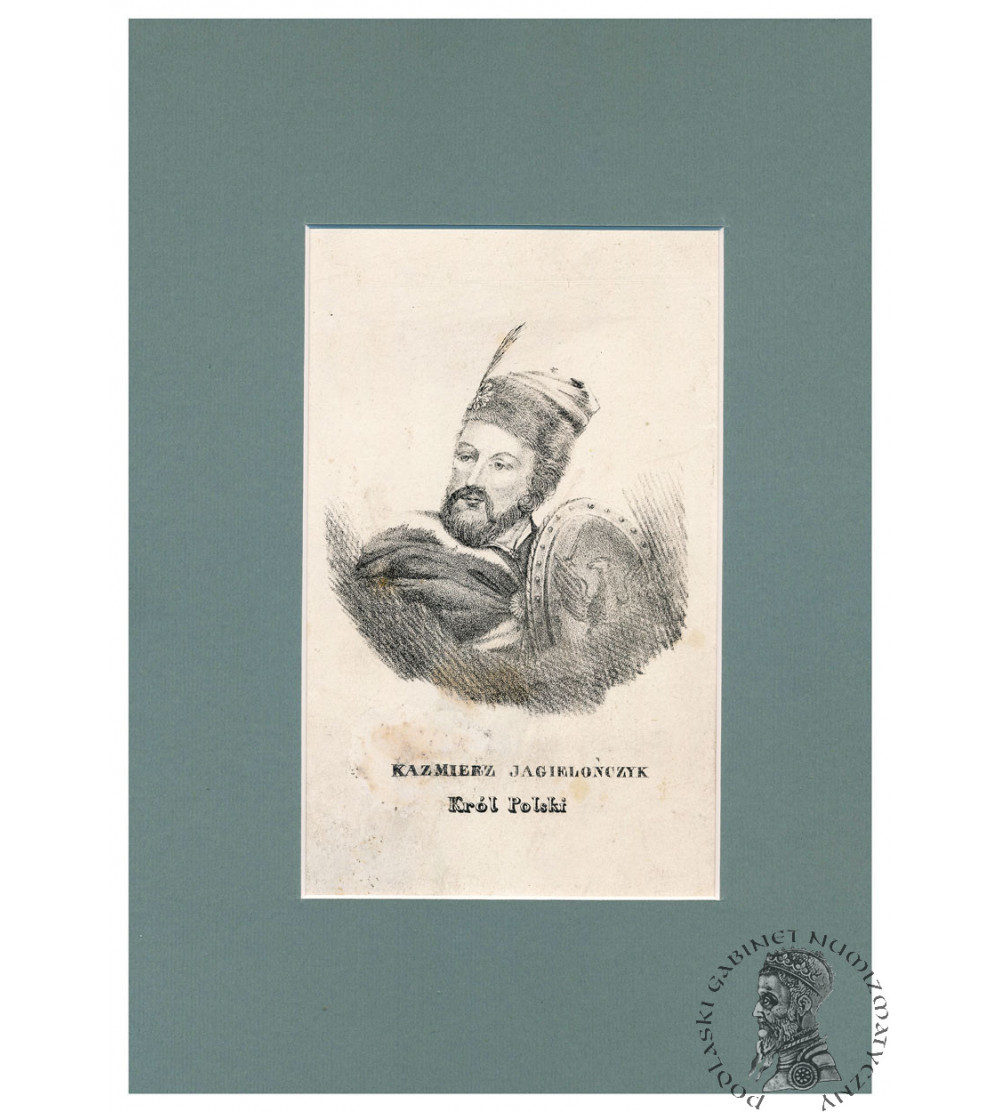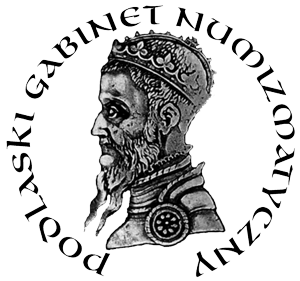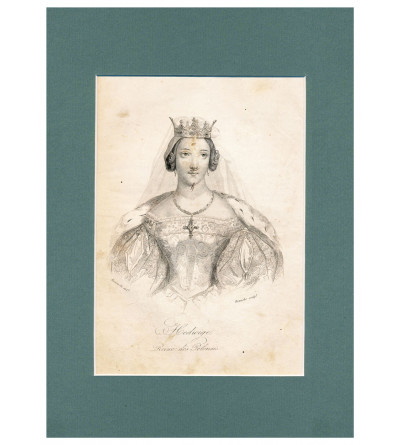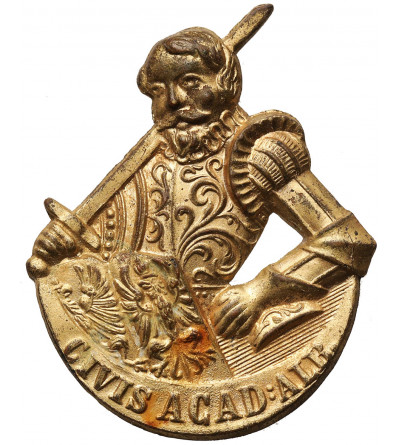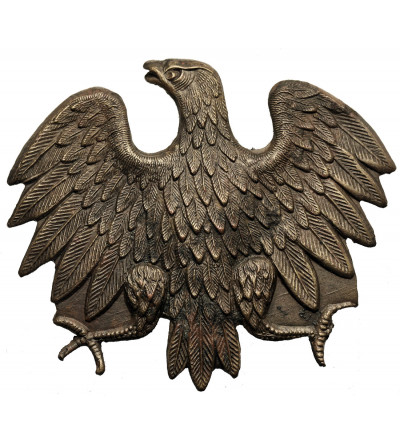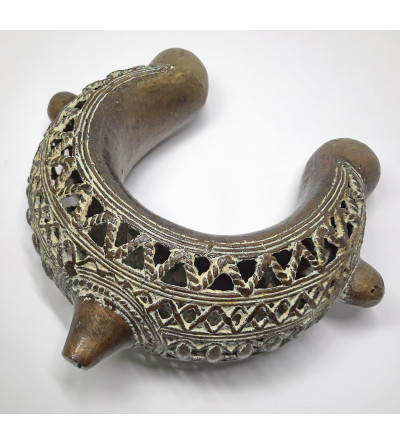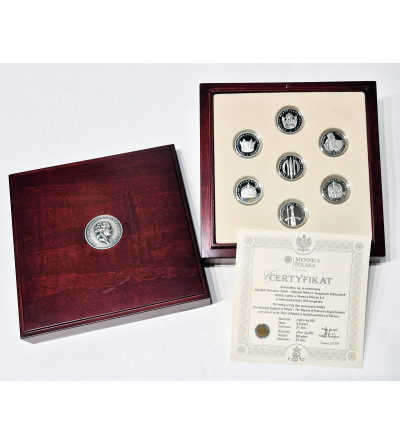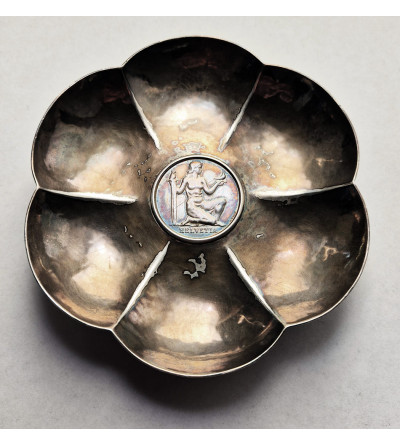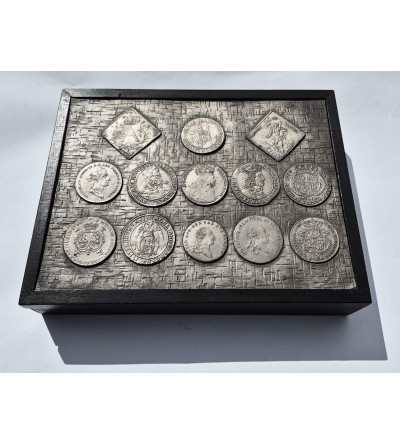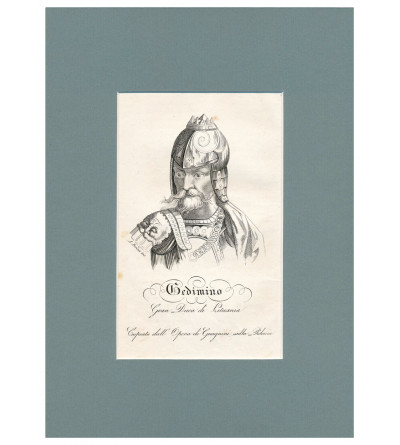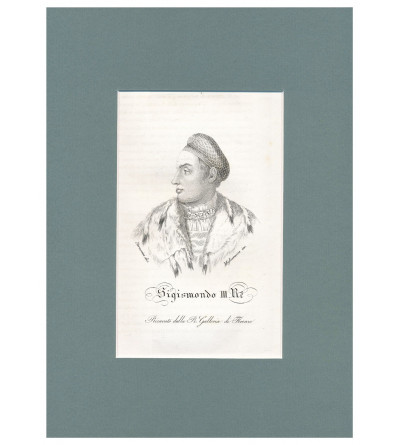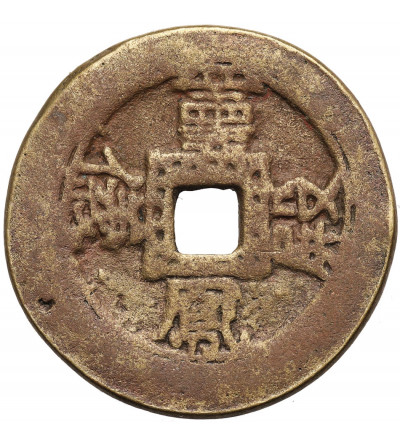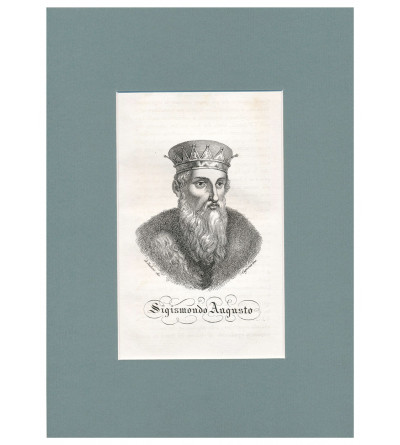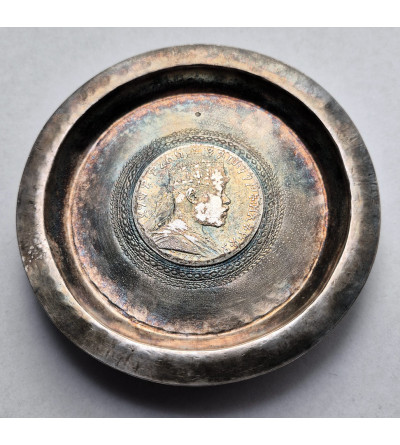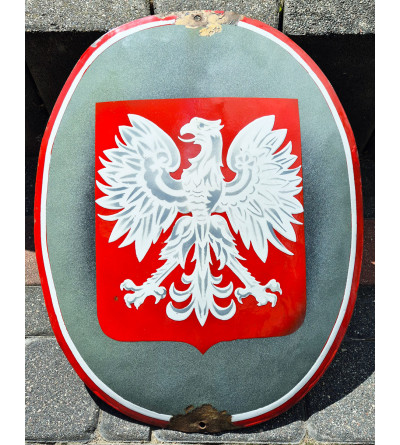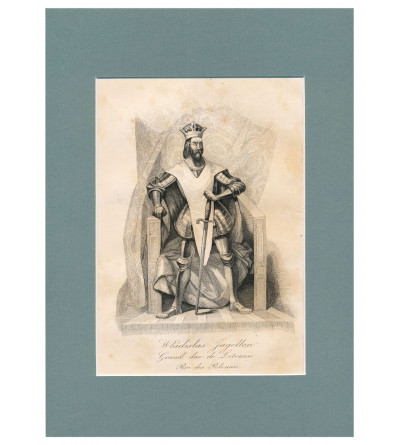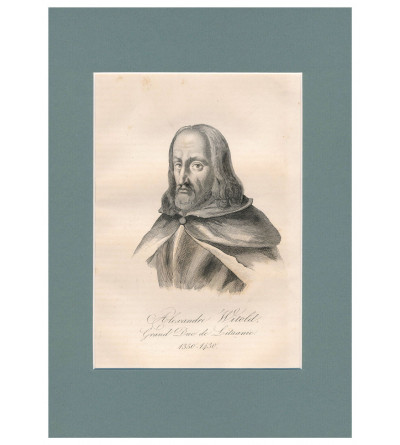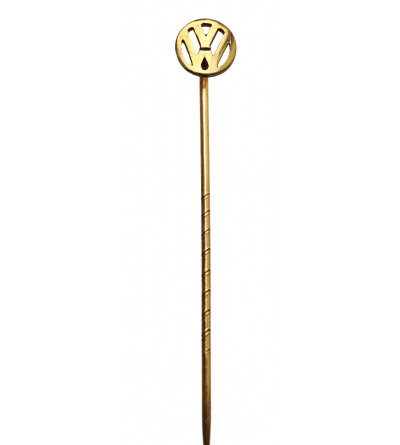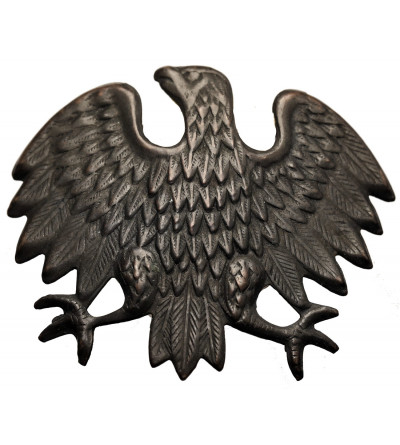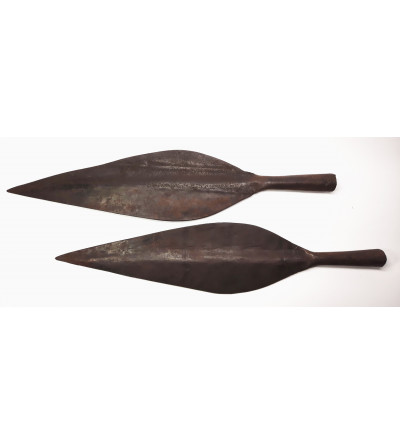Casimir IV Jagiellon (1427-1492) King of Poland of the Jagiellonian dynasty, son of Ladislaus II Jagiello and Sophia Holshanska. Grand Duke of Lithuania since 1440, deposed against the protests of the Poles. Invited to the Polish throne in 1445, after his older brother, Ladislaus, fell at the Battle of Varna. He was crowned only two years later, after a long conflict based on the need to confirm noble privileges. After initial difficulties and defusing a difficult dispute with the powerful Bishop of Cracow Zbigniew Oleśnicki, he gained great authority, ruling the country in almost absolute fashion. From 1454 to 1466 he waged a decisive war against the Teutonic Order, known as the Thirteen Years' War. After initial defeats, he managed to bring about the seizure of the Order's most important strongholds, including the capital Malbork, whose enlisted crew had been bribed. By virtue of the peace concluded, Poland captured Gdansk Pomerania, the land of Chełmno and Warmia, and the grand master of the order recognized the supremacy of the king as its sovereign. Casimir Jagiellon was the founder of the Jagiellonian dynastic empire, briefly covering a vast area not only of Poland and Lithuania, but also of Bohemia and Hungary, where his monarchical son Ladislaus was installed on the throne. He is considered by many historians to be one of the most outstanding - or even the most outstanding - of the Polish monarchs. From an exceptionally well-matched and consensual marriage with Elżbieta Rakuszanka, he lived to see as many as thirteen children, including future Polish kings Jan Olbracht, Aleksander Jagiellończyk and Sigismund the Old. It is known that he raised his descendants in a very strict manner, and according to the Renaissance publicist Stanislaw Orzechowski, "the greatest pleasure came from his son's crying when he was beaten with a rod by that teacher." source: ciekawostkihistoryczne.pl
